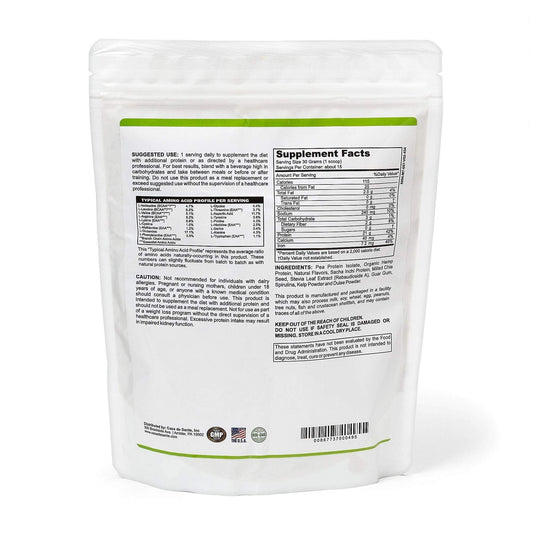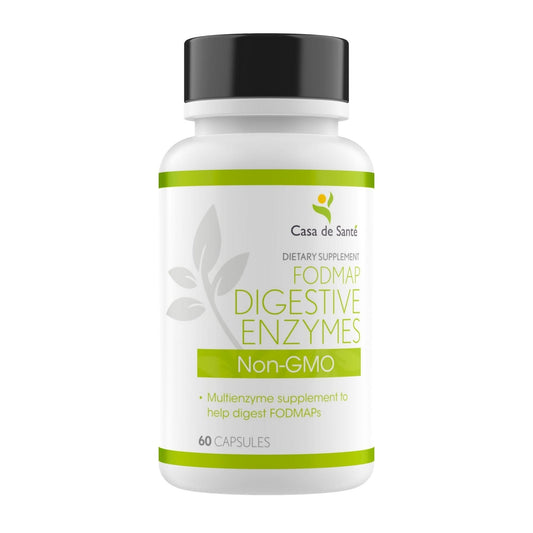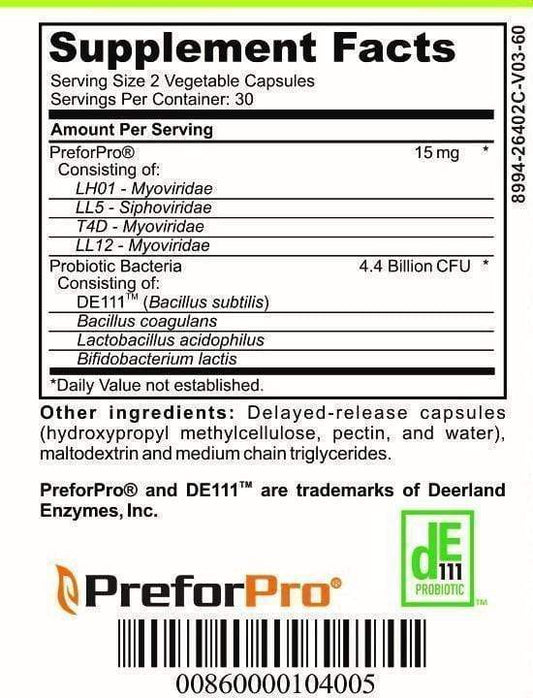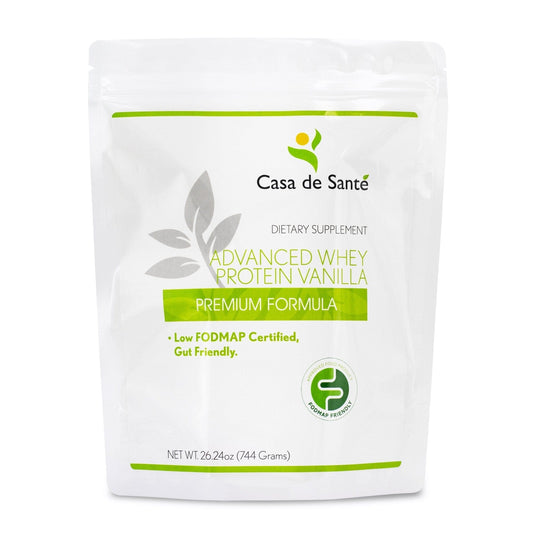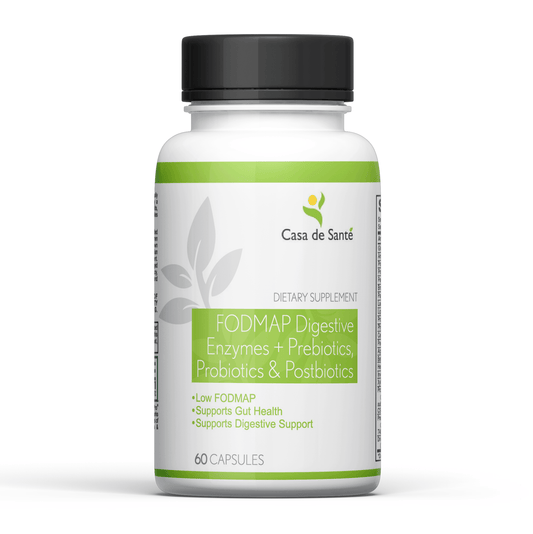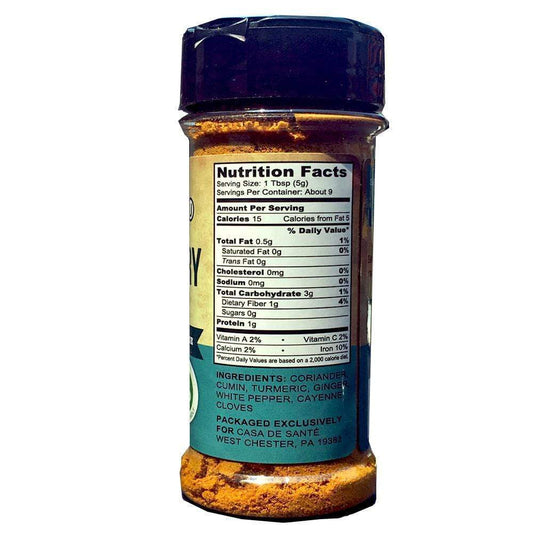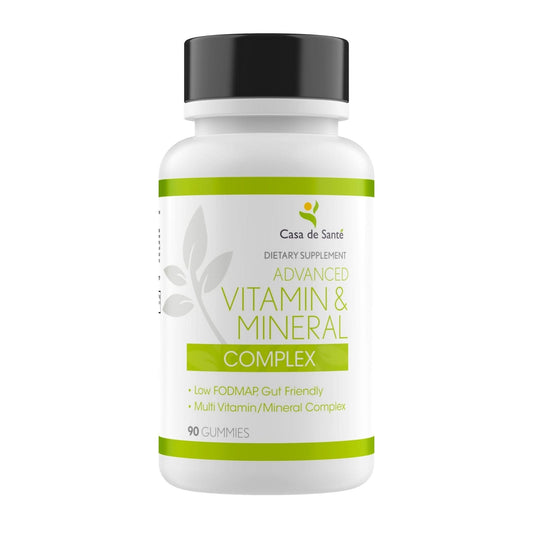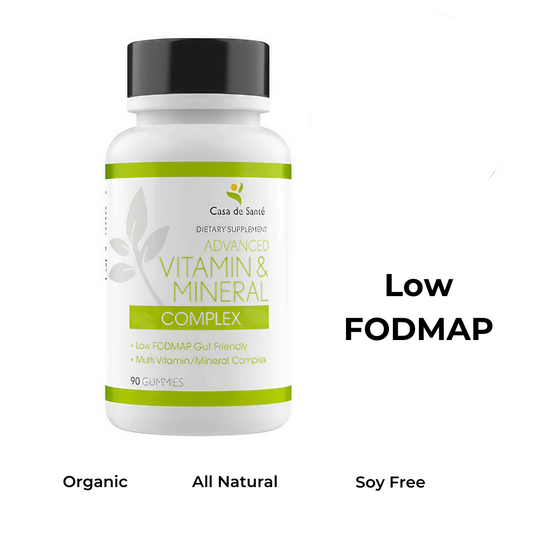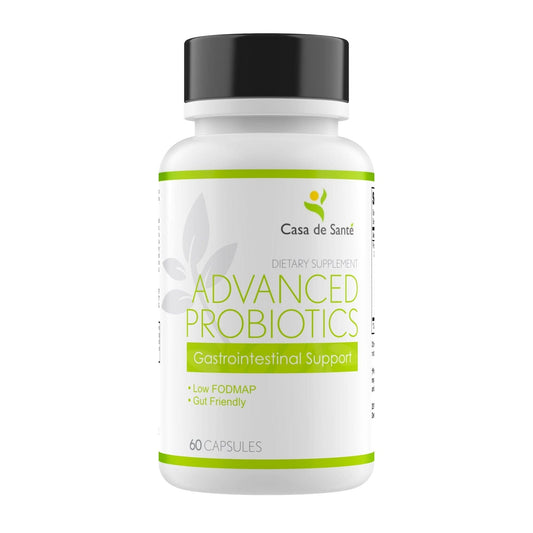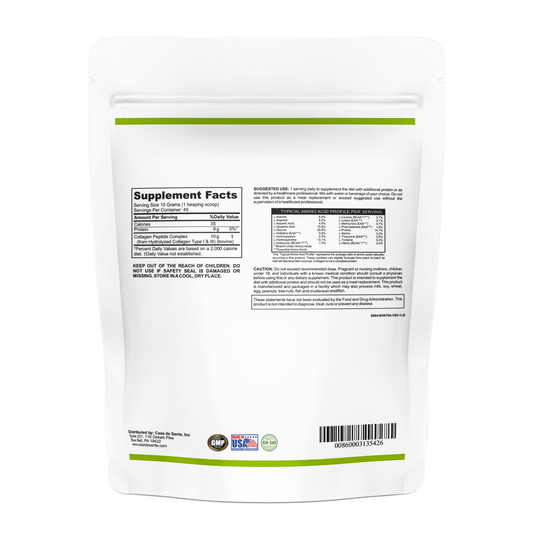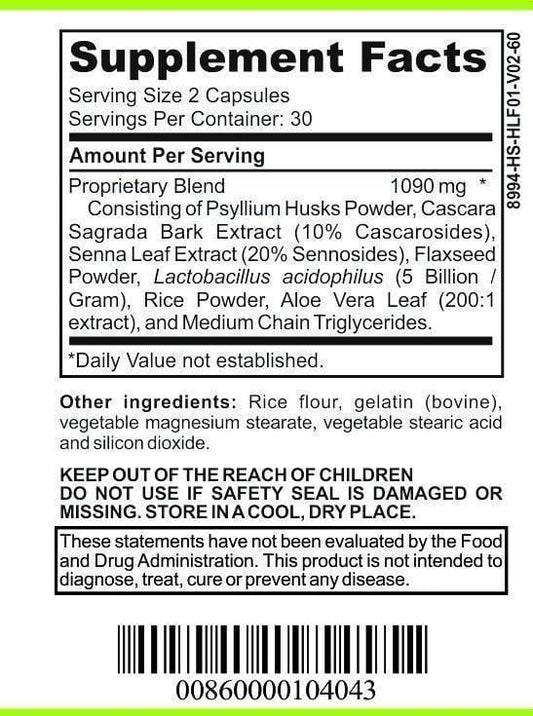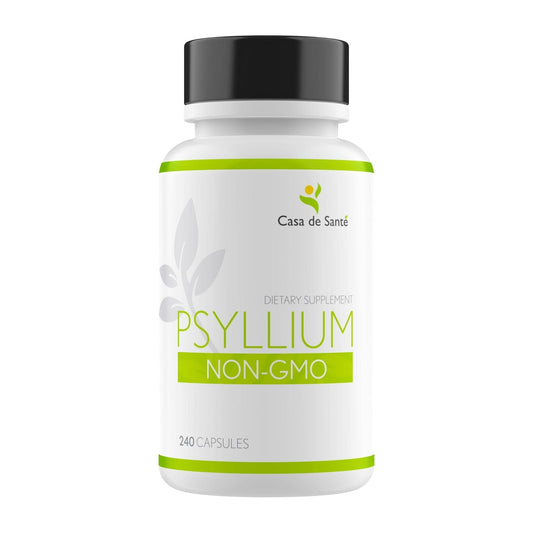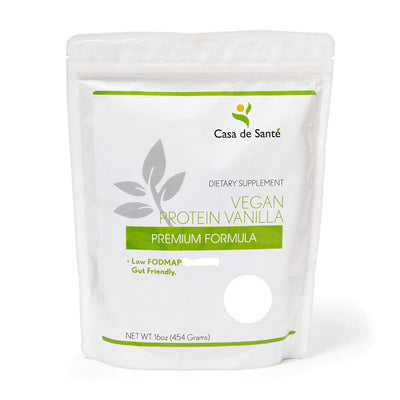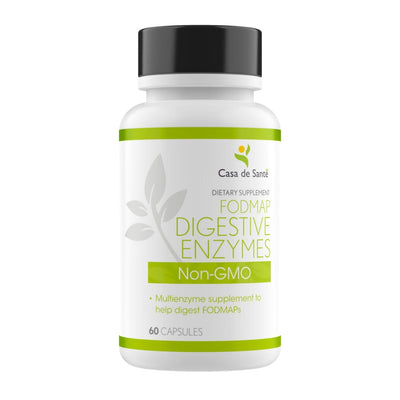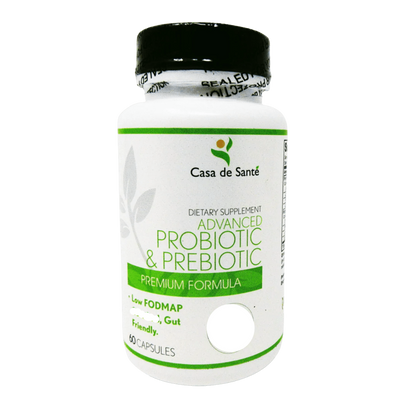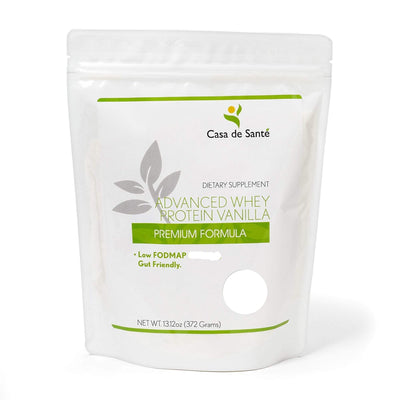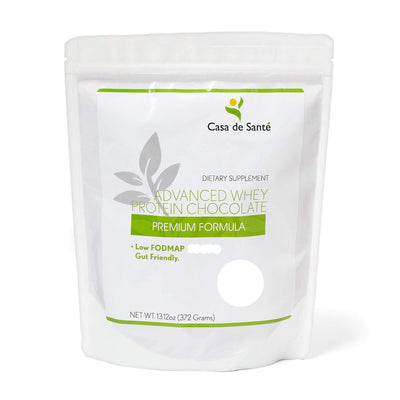Is Sucrose Acetate Isobutyrate High In Histamine
Is Sucrose Acetate Isobutyrate High In Histamine
Sucrose Acetate Isobutyrate (SAIB) is a commonly used food additive that has raised concerns about its potential effects on histamine levels in the body. In this article, we will explore the chemical composition of SAIB, its common uses, and its connection to histamine. We will also discuss the health implications of high histamine levels and ways to mitigate these effects. Furthermore, we will delve into the role of food additives, including SAIB, in histamine levels and the ongoing debate over their safety.
Understanding Sucrose Acetate Isobutyrate
Sucrose Acetate Isobutyrate (SAIB) is an ester derived from the acetylation and isobutyration of sucrose, a common sugar molecule. SAIB is highly soluble in fats and oils, which makes it suitable for use in various food and beverage products. It is often added as an emulsifier, stabilizer, or thickening agent, helping to improve texture and extend the shelf life of many processed foods.
The Chemical Composition of Sucrose Acetate Isobutyrate
SAIB is a complex ester with a unique chemical structure. It consists of sucrose molecules that have been modified by attaching acetyl and isobutyryl groups. These modifications alter the properties of sucrose, making it more soluble in fat and less prone to crystallization.
The acetyl and isobutyryl groups play a crucial role in determining the functionality of SAIB as a food additive. The exact composition of SAIB can vary, but it typically contains around 20-50% acetyl groups and 30-70% isobutyryl groups. The balance between these groups determines the degree of esterification, which in turn affects the solubility and stability of SAIB in different food systems.
When SAIB is added to food products, the acetyl and isobutyryl groups interact with other components, such as fats, oils, and water, creating a complex network of interactions. These interactions contribute to the overall functionality of SAIB, allowing it to perform its desired role as an emulsifier, stabilizer, or thickening agent.
Common Uses of Sucrose Acetate Isobutyrate
SAIB is widely used in the food and beverage industry due to its versatility and beneficial properties. Its unique characteristics make it an ideal choice for various applications, including:
-
Carbonated beverages: SAIB helps to stabilize the carbonation and prevent the separation of bubbles. When added to carbonated drinks, SAIB forms a protective layer around the carbon dioxide gas, reducing the rate of bubble coalescence and maintaining the desired level of carbonation.
-
Citrus-flavored drinks: SAIB enhances the solubility of citrus oils, providing a smooth and consistent taste experience. The addition of SAIB allows the citrus oils to disperse evenly throughout the beverage, ensuring that every sip delivers the desired flavor profile.
-
Confectionery products: SAIB acts as an emulsifier and stabilizer, improving the texture and preventing fat bloom in chocolates and coatings. By forming a stable emulsion between the fat and water phases, SAIB helps to maintain the desired consistency and appearance of confectionery products, even under varying storage conditions.
These are just a few examples of the many uses of SAIB in the food industry. Its widespread use is a testament to its effectiveness as a food additive.
Furthermore, SAIB has also found applications beyond the food and beverage industry. It is used in the production of inks, coatings, and adhesives, where its solubility in various organic solvents makes it a valuable ingredient. SAIB's ability to improve the stability and viscosity of these products contributes to their overall performance and quality.
In conclusion, Sucrose Acetate Isobutyrate (SAIB) is a versatile ester that plays a crucial role in the food and beverage industry. Its unique chemical composition and beneficial properties make it an effective emulsifier, stabilizer, and thickening agent. Whether it's stabilizing carbonation in beverages or enhancing the solubility of flavors, SAIB contributes to the overall quality and sensory experience of various food products.
The Connection Between Sucrose Acetate Isobutyrate and Histamine
While SAIB serves various purposes in the food industry, concerns have been raised about its potential impact on histamine levels in the body. Histamine is a natural compound involved in allergic and inflammatory responses, and imbalances in histamine levels can lead to health issues.
How Histamine Works in the Body
Histamine is a neurotransmitter produced by certain cells in the body, including mast cells and basophils. It plays a vital role in the immune system, triggering inflammatory responses and allergic reactions as part of the body's defense mechanisms. Histamine is also involved in regulating stomach acid production, blood vessel dilation, and neurotransmission.
When the body detects a potential threat, such as an allergen or pathogen, mast cells release histamine into the surrounding tissues. This release of histamine causes blood vessels to dilate, allowing immune cells to quickly reach the affected area. Histamine also increases the permeability of blood vessels, allowing immune cells to exit the bloodstream and enter the tissues where they are needed most. Additionally, histamine acts as a messenger between nerve cells, facilitating communication in the central nervous system.
However, while histamine is essential for the body's defense mechanisms, excessive or unregulated histamine release can lead to allergic reactions and inflammation. This is why maintaining a balance of histamine levels is crucial for overall health and well-being.
The Potential Impact of Sucrose Acetate Isobutyrate on Histamine Levels
While there is currently limited research specifically investigating the effect of SAIB on histamine levels, some studies suggest that certain food additives, including SAIB, may trigger histamine release or inhibit its breakdown.
Histamine intolerance is a condition characterized by the body's inability to properly break down histamine. This can lead to an accumulation of histamine in the body, causing symptoms such as headaches, nasal congestion, skin rashes, and digestive issues. While SAIB has not been directly linked to histamine intolerance, individuals with this condition may be more sensitive to food additives and may need to avoid or limit their consumption.
It is important to note that individual sensitivity to food additives can vary greatly. Some individuals may experience symptoms related to histamine intolerance when consuming foods containing SAIB, while others may have no noticeable reaction. If you suspect that SAIB or other food additives may be affecting your histamine levels, it is recommended to consult with a healthcare professional for personalized advice.
In conclusion, while the specific impact of SAIB on histamine levels is still being studied, it is important to be aware of the potential connection between food additives and histamine-related health issues. Maintaining a balanced histamine level is crucial for overall health, and individuals with histamine intolerance should be cautious when consuming foods that may contain SAIB or other additives. Consulting with a healthcare professional can provide personalized guidance and support in managing histamine-related concerns.
The Health Implications of High Histamine Levels
Elevated histamine levels can have various health implications, and individuals with histamine intolerance or histamine-related disorders may experience a range of symptoms.
Histamine is a chemical compound that is naturally produced by the body and is involved in various physiological processes. It plays a crucial role in the immune response, regulating stomach acid production, and acting as a neurotransmitter in the brain. However, when histamine levels become elevated, it can lead to a cascade of symptoms and long-term health effects.
Symptoms of High Histamine Levels
Common symptoms associated with high histamine levels include:
Headaches and migraines
Digestive issues, such as abdominal pain, bloating, and diarrhea
Skin conditions, including hives, rashes, and itching
Nasal congestion and sinus problems
Asthma-like symptoms, such as wheezing and shortness of breath
These symptoms can vary in severity and may occur shortly after consuming histamine-rich foods or foods containing certain additives.
For individuals with histamine intolerance, even small amounts of histamine can trigger a reaction. This intolerance occurs when the body is unable to break down histamine efficiently, leading to an accumulation of the compound in the bloodstream. As a result, individuals may experience symptoms ranging from mild discomfort to debilitating conditions that significantly impact their daily lives.
Long-Term Effects of Elevated Histamine
Prolonged exposure to high histamine levels may contribute to chronic inflammation, which is associated with various health conditions, including allergies, asthma, and autoimmune disorders. Histamine acts as a potent inflammatory mediator, causing blood vessels to dilate and increasing permeability. This can result in tissue swelling, redness, and pain.
In addition to the immediate symptoms, chronic inflammation can have long-term effects on the body. It can lead to tissue damage, impaired organ function, and an increased risk of developing other health conditions. For example, individuals with chronic inflammation due to histamine intolerance may be more susceptible to developing gastrointestinal disorders, such as irritable bowel syndrome (IBS) or inflammatory bowel disease (IBD).
Moreover, histamine intolerance can lead to a reduced quality of life due to recurring symptoms and dietary restrictions. Individuals may need to carefully monitor their food choices, avoiding histamine-rich foods such as aged cheeses, fermented products, and certain types of fish. This can be challenging and may require significant lifestyle adjustments.
It is essential for individuals experiencing symptoms of high histamine levels to consult with a healthcare professional for proper diagnosis and management. Through a combination of dietary modifications, medication, and lifestyle changes, individuals can effectively manage their histamine levels and improve their overall well-being.
Mitigating the Effects of High Histamine Levels
If you experience symptoms related to high histamine levels, there are several strategies you can explore to alleviate these effects.
Dietary Changes to Lower Histamine Levels
Following a low-histamine diet can help reduce the intake of histamine-rich foods and minimize the potential triggering of symptoms. Some foods to consider avoiding or limiting include aged cheeses, fermented foods, smoked and cured meats, and certain fruits and vegetables.
It is also worth noting that individual tolerances to histamine can vary, and a healthcare professional with expertise in histamine-related disorders can provide personalized dietary recommendations.
Medical Treatments for High Histamine Levels
In addition to dietary adjustments, medical treatments may be recommended to manage high histamine levels. Antihistamine medications can help block the effects of histamine in the body, providing relief from symptoms. However, it is crucial to consult with a healthcare professional before initiating any medical treatment.
The Role of Food Additives in Histamine Levels
Food additives, including SAIB, have been a topic of discussion regarding their potential impact on histamine levels and overall health.
Common Food Additives and Their Effects on Histamine
While research on the direct effects of SAIB on histamine levels is scarce, some other food additives have been shown to influence histamine release or breakdown. For example, certain preservatives, such as sulfites, have been known to trigger histamine release in sensitive individuals.
However, it is important to note that the relationship between food additives and histamine levels can be complex and individualized. Further research is needed to fully understand the interactions and potential risks associated with food additives and histamine-related disorders.
The Debate Over Food Additive Safety
Food additives, including SAIB, are subject to rigorous safety evaluations by regulatory authorities, such as the Food and Drug Administration (FDA). These evaluations consider factors such as toxicity studies, exposure levels, and potential risks to consumer health.
However, there is an ongoing debate about the long-term effects of food additives on human health, including their influence on histamine levels. Some experts argue that certain additives may have cumulative effects or interact with other substances in ways that are not fully understood. Proponents of stricter food additive regulations emphasize the need for further research and transparency in assessing the safety of these substances.
In conclusion, while Sucrose Acetate Isobutyrate (SAIB) is widely used as a food additive, concerns have been raised about its potential impact on histamine levels. Individuals with histamine-related disorders should be aware of potential sensitivities to food additives, including SAIB, and consult with healthcare professionals for personalized guidance. Moreover, further research is needed to better understand the relationship between food additives and histamine levels, ensuring the safety and well-being of consumers.


